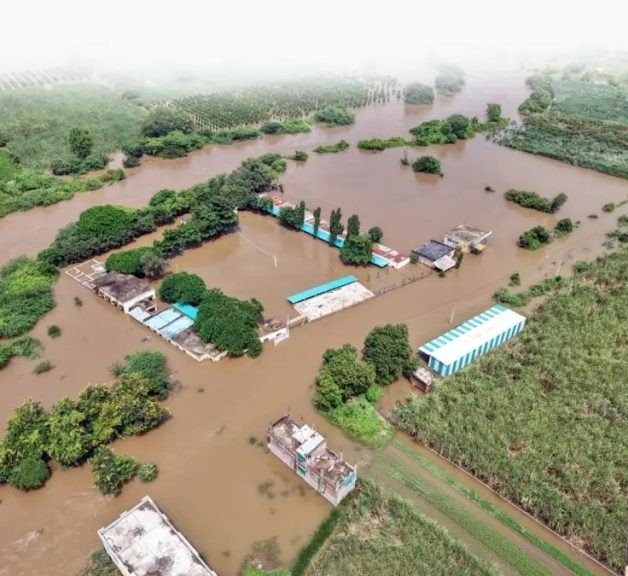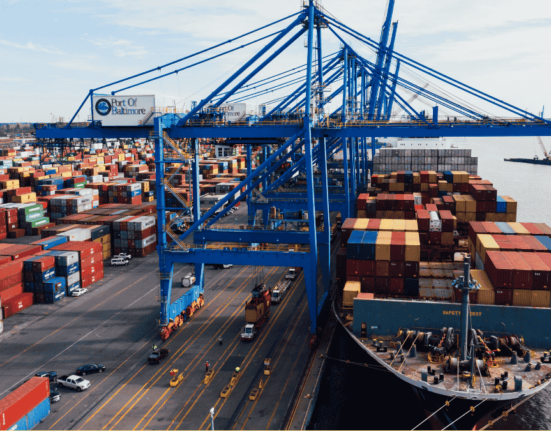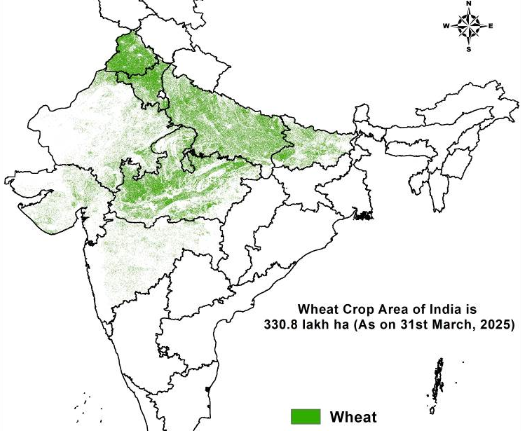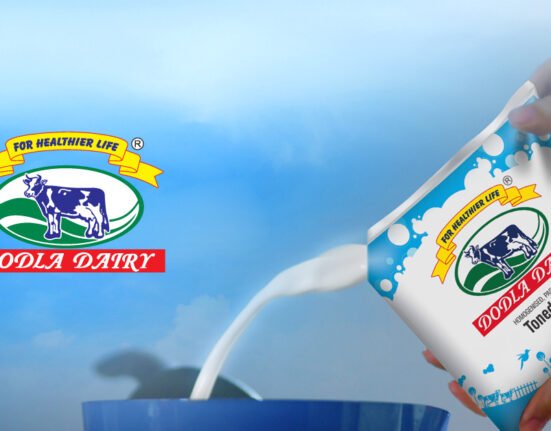When the Banganga River in Dharashiv district swelled on the night of 22 September, it not only altered the course of the water but also the course of lives. In Belgaon village, Gowardhan Daatkhile, a dairy farmer who had built his herd to 48 cows over 25 years, lost 41 of them in a matter of minutes.
The collapse of his cattle shed and the drowning of lactating cows and calves decimated his livelihood. Milk production fell from 250 litres to barely 30 litres per day, while fodder, grain stores, and grape plantations were washed away. The family is now burdened with nearly ₹25 lakh in cooperative advances and bank loans, with little prospect of repayment. “We started with one cow and reached 48 after years of hard work. And in one night, everything was gone,” Gowardhan lamented.
Relief Norms: Out of Step with Reality
Despite the catastrophic loss, state relief rules limited compensation to just three cattle, amounting to ₹2.25 lakh. This reveals a structural gap in policy design: livestock is treated as replaceable animals rather than high-value, productive assets integral to rural economies.
District officials conceded the inadequacy but pointed to rigid norms, highlighting a policy framework that lags behind present-day agricultural realities. Unlike orchard growers, who sometimes receive special disaster packages, dairy farmers face capped support regardless of the scale of loss.
Economic Implications Beyond One Family
The case underscores a wider challenge. India’s dairy sector, the world’s largest, is increasingly vulnerable to climate-induced disasters. Yet, relief and insurance mechanisms remain fragmented. For families dependent on livestock, such events are not temporary shocks but long-term setbacks that erode years of investment and trap households in cycles of debt.
As one agricultural economist noted, “Cattle are not just animals; they are financial assets, linked to loans and daily cash flows. Limiting compensation to three animals is not only unfair but economically irrational.”
Climate Change as a Structural Threat
The Banganga had not risen to such levels in more than a century, and its new course has permanently altered farming patterns in the region. Scientists warn that extreme rainfall and flash floods are intensifying across Maharashtra, thereby increasing the risk to dairy hubs.
If resilience strategies such as livestock insurance, disaster-ready infrastructure, and farmer education are not prioritised, India’s dairy economy could face recurring losses that undermine both farmer welfare and national food security.
The Human Dimension
Beyond figures and policy, the Daatkhile family’s story is one of survival. Their household, narrowly spared, stands next to the wreckage of their farm. Among the ruins, their three dogs, swept away in the flood but returning days later, offered a rare moment of relief.
Yet the family’s outlook remains grim. “This flood has set us back ten years,” Gowardhan’s son, Praveen, admitted quietly. The sentiment resonates across Belgaon, where grief is compounded by inadequate aid.







